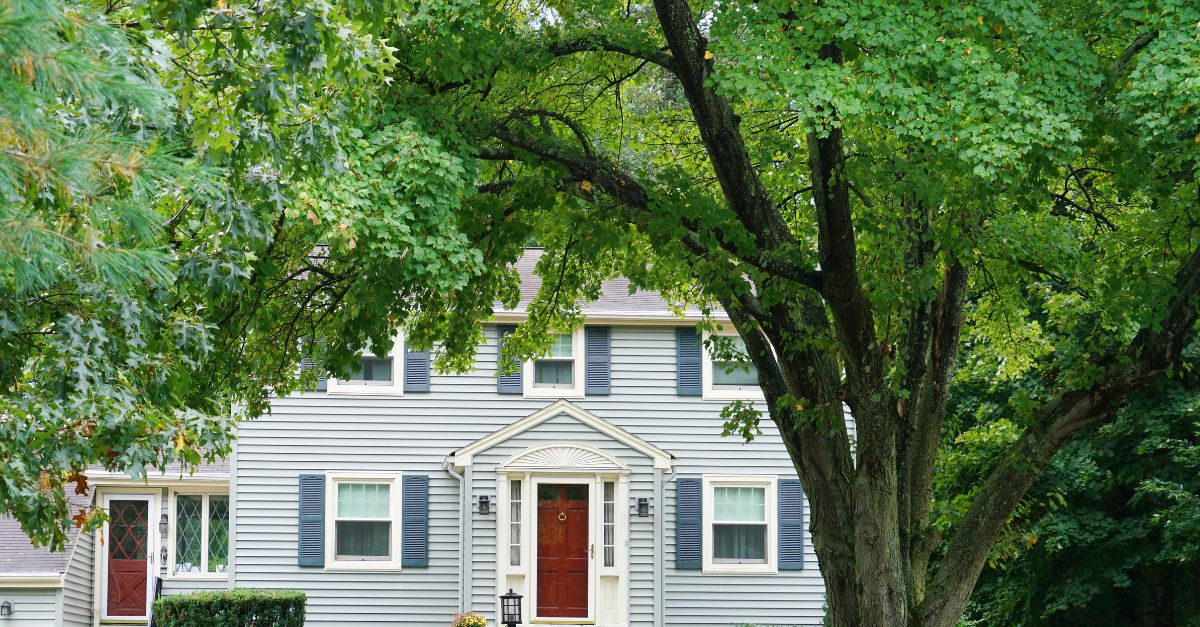
When Oregon parents plan to add trees to their landscape, they must consider how those trees may affect their children. Learn what Oregon parents should consider when choosing trees to plant in their yards.
What Do You Want the Tree To Do?
The first thing to consider is your goal for the tree. Are you seeking shade for those hot summer days? Do you want to create a natural privacy screen? Or perhaps you’re dreaming of a sturdy branch for a tire swing or a brilliant display of fall color. Identifying your needs will narrow down the type of tree that best suits your landscape.
How Sunny or Shady Is Your Yard?
The stereotype of Oregon for those who don’t live there is that it’s perpetually gray and rainy. But while rain is common in Oregon, there are plenty of areas in the state, such as Klamath Falls and its surroundings, that get lots of sun.
The amount of sunlight your yard receives is a critical factor in selecting trees that have a chance to thrive. Some trees require all-day sun, while others prefer partial sun or shade. Observe your yard throughout the day and consider how much sun exposure it gets. The USDA’s new hardiness zone map, released in 2023, provides detailed information about the climate requirements of different plants.
Do You Know Your Soil Conditions?
Understanding your soil’s properties, such as its pH, its composition, and how well it drains, is essential. Some trees prefer sandy soils, while others do well in clay or loam. A simple soil test can provide this information and help you choose trees that will grow well in your soil conditions.
What About Winter?
While many trees are beautiful in spring and summer, remember to consider their winter characteristics. Some deciduous trees have interesting bark or maintain their leaves in winter, providing year-round interest. Additionally, consider the tree’s resistance to common winter problems in your area, such as ice damage.
The Benefit of Working With a Certified Arborist
Working with a certified arborist can provide valuable insights into tree care and potential maintenance and safety issues. Some trees drop significant amounts of debris in the form of seeds, nuts, berries, leaves, twigs, or even large branches. An arborist can advise on the best trees for your specific conditions and goals, ensuring your landscape thrives and remains safe for your family.
Choosing the right trees for a family’s landscape involves considering your needs, understanding your yard’s conditions, and knowing your hardiness zone. With these considerations and the help of a certified arborist, you can create a beautiful, beneficial, and safe environment for your kids to enjoy.

Sam Hopes is a 37-year-old mom of two living in Portland, Oregon. She works as a freelance graphic designer and part-time yoga instructor, juggling creative projects with playdates and PTA emails. Known for her warm personality and dry humor, Sam loves hiking in Forest Park, thrifting on Mississippi Avenue, and weekend visits to OMSI with her kids, Ella and Milo. She’s the kind of parent who forgets sunscreen but always remembers snacks—and a good laugh.
